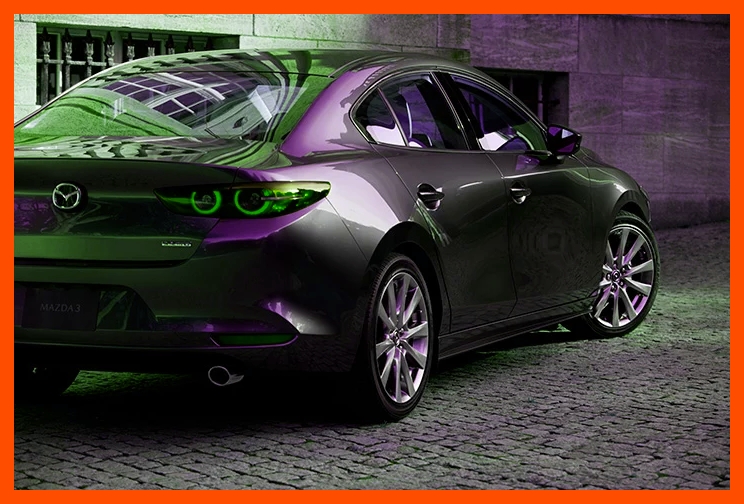Comprehensive Car Insurance Everything You Need to Know
When it comes to protecting your vehicle, comprehensive car insurance stands out as a crucial component. In this guide, we’ll delve into the essentials of comprehensive car insurance, exploring why it’s important, what it covers, and how it compares to other types of car insurance. Let’s buckle up and hit the road to knowledge!

What is Comprehensive Car Insurance?
Comprehensive car insurance, often known simply as “comp” coverage, provides protection against damage to your vehicle that isn’t caused by a collision. Unlike liability insurance, which only covers damage you cause to others, comprehensive coverage takes care of your own vehicle in a variety of scenarios.
Key Features of Comprehensive Car Insurance
- Non-collision damage: Covers events like theft, vandalism, and natural disasters.
- Fire and explosions: Protects against damage from fires and explosions.
- Animal impacts: Includes coverage for accidents involving animals.
- Glass damage: Typically covers broken windshields and windows.
For a more detailed breakdown, check out our in-depth guide to car insurance.
Why You Need Comprehensive Car Insurance
Having comprehensive car insurance isn’t just about ticking a box—it’s about safeguarding your investment. Here are some compelling reasons why you should consider adding this coverage to your policy:
- Peace of mind: Know that you’re protected against a wide range of potential damages.
- Financial protection: Avoid the high out-of-pocket costs that can come with unexpected incidents.
- Required by lenders: If you’re financing or leasing your vehicle, comprehensive coverage is often mandatory.
“Peace of mind is not the absence of conflict, but the ability to handle it.” – Anonymous
Comprehensive vs. Collision Insurance
Many drivers confuse comprehensive and collision insurance. While both cover damage to your own vehicle, they do so in different circumstances. Let’s break it down:
Comprehensive Insurance
- Covers non-collision events.
- Examples: Theft, natural disasters, vandalism.
Collision Insurance
- Covers collisions with other vehicles or objects.
- Examples: Car accidents, hitting a tree or pole.
For a deeper dive, visit our collision vs. comprehensive insurance comparison page.
What Does Comprehensive Insurance Not Cover?
While comprehensive insurance is extensive, it doesn’t cover everything. Here are some exclusions to be aware of:
- Wear and tear: Regular maintenance issues aren’t covered.
- Mechanical breakdowns: Engine failures and similar issues are typically excluded.
- Personal items: Items stolen from your car, such as electronics or clothing, are not covered.
For more on what is and isn’t covered, read our insurance exclusions explained.
How to Choose the Right Comprehensive Coverage
Selecting the right comprehensive car insurance involves a few critical steps:
- Assess your needs: Consider your vehicle’s value, your location, and your driving habits.
- Compare quotes: Shop around to find the best rates and coverage options.
- Read the fine print: Understand the details of what’s included and excluded in your policy.
Here are some useful tips to get started:
- Use online comparison tools: Websites like Insurance Comparison Tool can help you find the best deals.
- Check customer reviews: Look at feedback from other drivers to gauge an insurer’s reputation.
- Consult an insurance agent: They can provide personalized advice based on your specific needs.
Comprehensive car insurance is a vital part of a robust insurance plan. It protects you from a wide array of risks that can cause significant financial strain. By understanding what it covers, why it’s important, and how to choose the right policy, you can drive with confidence knowing you’re well-protected.